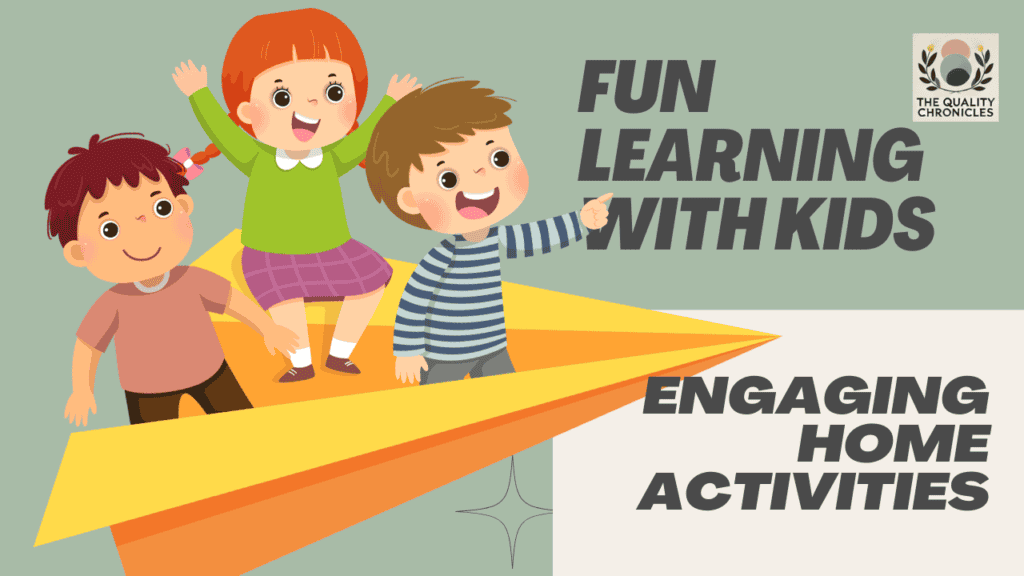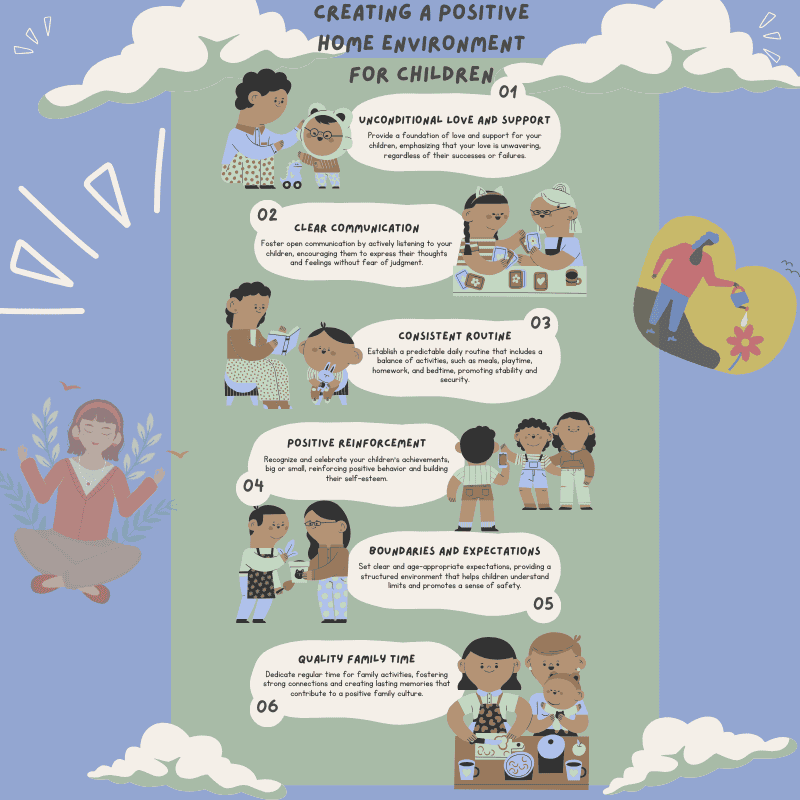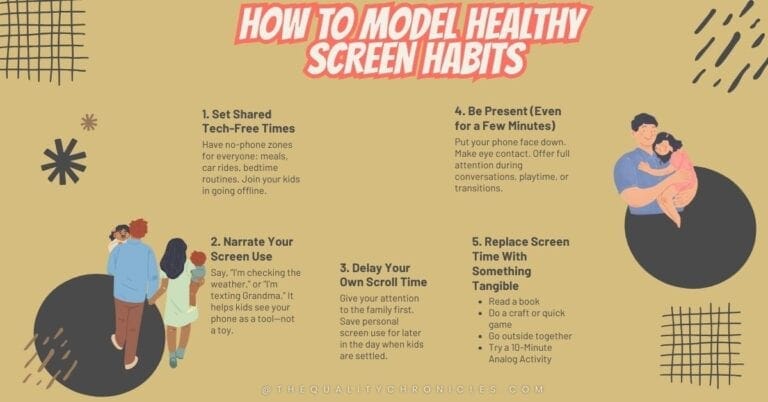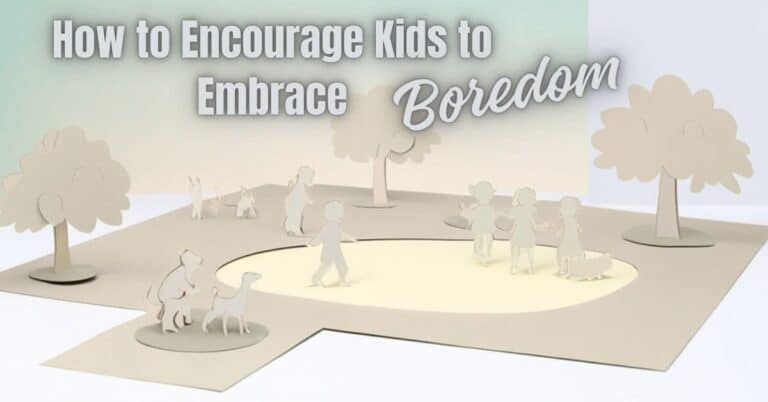Let’s be real—between work, chores, and everything else on your never-ending to-do list, finding time for at-home learning activities with your kids can feel impossible. But here’s the good news: learning at home doesn’t have to be complicated or time-consuming!
With a little creativity, you can turn everyday moments into fun learning for kids—no fancy materials or extra hours required. It’s the little things—like counting fruit at the grocery store, making up silly songs, or chatting about the stars during a nighttime walk—that make a big impact. These simple educational activities for kids also strengthen parent-child bonding, helping you make the most of the time you have together.
Even if you only have 10-15 minutes a day, that time adds up! The key is to make it fun, natural, and something you both enjoy.
Ready to explore some easy busy parents activities that make learning fun? Let’s dive in! And hey—if you’ve got a go-to activity that works for your family, drop it in the comments. I’d love to hear your ideas! 😊

10 Engaging At-Home Learning Activities
1. Storytelling with a Twist
- Take turns making up parts of a story to boost creativity.
- Use picture books or word prompts for inspiration.
- Benefits: Improves vocabulary, imagination, and communication skills.
2. Kitchen Science Experiments
- Simple projects like making a volcano with baking soda and vinegar.
- Cooking together to teach math (measurements) and science (chemical reactions).
- Benefits: Encourages curiosity and hands-on learning.
3. Math Games in Everyday Life
- Counting groceries, measuring ingredients, and budgeting.
- Fun games like “Guess the Total” at checkout.
- Benefits: Builds practical math skills effortlessly.
4. Nature Walk & Scavenger Hunt
- Step outside and create a list of things to find (specific leaves, colors, or sounds).
- Discuss what you see and relate it to books or lessons.
- Benefits: Boosts observation skills and appreciation for nature.
5. DIY Arts & Crafts
- Simple projects like making greeting cards or painting with household items.
- Upcycling old materials into creative works.
- Benefits: Enhances motor skills and self-expression.

6. Learning Through Music & Dance
- Sing alphabet songs, create rhythms, or make up your own tunes.
- Dance to different styles of music and talk about cultures.
- Benefits: Strengthens memory and coordination.
7. Home-Based Science Observations
- Planting seeds and tracking growth.
- Observing ice melting under different conditions.
- Benefits: Teaches patience and basic scientific principles.
8. Role-Playing Real-Life Scenarios
- Pretend to run a store, be a doctor, or act out historical events.
- Let kids use play money and receipts to learn math and problem-solving.
- Benefits: Develops critical thinking and social skills.
9. DIY Puzzle and Word Games
- Create crossword puzzles based on your child’s interests.
- Word association and rhyming games during car rides or dinner time.
- Benefits: Strengthens literacy and problem-solving abilities.
10. Family Journaling & Gratitude Lists
- Encourage kids to write or draw their daily experiences.
- Create a “thankful jar” where everyone adds notes about good things that happened.
- Benefits: Improves writing skills and emotional awareness.

Bottom line
At the end of the day, learning at home doesn’t have to be a big production. It’s the little moments—like counting fruit at the grocery store or making up silly rhymes together—that really stick with kids.
Even if you only have 10-15 minutes a day, that time adds up! The key is to make it fun, natural, and something you both enjoy.
Got a go-to learning activity you do with your kids? Drop it in the comments—I’d love to hear your ideas! 😊
Frequently Asked Questions (FAQs)
1. How can I find time for at-home learning activities when I’m so busy?
You don’t need to set aside hours for structured lessons! Try incorporating educational activities for kids into daily routines—counting while cooking, storytelling before bed, or turning errands into learning moments. https://www.todoist.com/Even 10-15 minutes a day makes a difference!
2. What are some quick and easy learning activities for kids at home?
Some of the best at-home learning activities require little to no prep, like scavenger hunts, role-playing, kitchen science experiments, and simple math games using household items. These keep kids engaged while reinforcing important skills.
3. Can I make learning fun without using screens?
Absolutely! Hands-on activities like DIY crafts, storytelling, nature walks, and music-based learning can be just as exciting as digital games. The key is to keep it interactive and playful.
4. How do I make sure my child is actually learning through these activities?
Kids learn best through play and hands-on experiences. Observe how they engage—if they’re asking questions, making connections, or showing excitement, they’re learning! Encourage discussions and let them take the lead whenever possible.
5. What if my child loses interest quickly?
Every child is different, so be flexible! If an activity isn’t clicking, switch it up. Sometimes, letting kids pick the activity or turning it into a challenge can boost engagement. The goal is to make learning at home feel like fun, not a chore.
Related Post: “Balancing Work and Parenting: Practical Tips for Busy Families”
Related Post: “How to Make Learning Fun for Kids”


